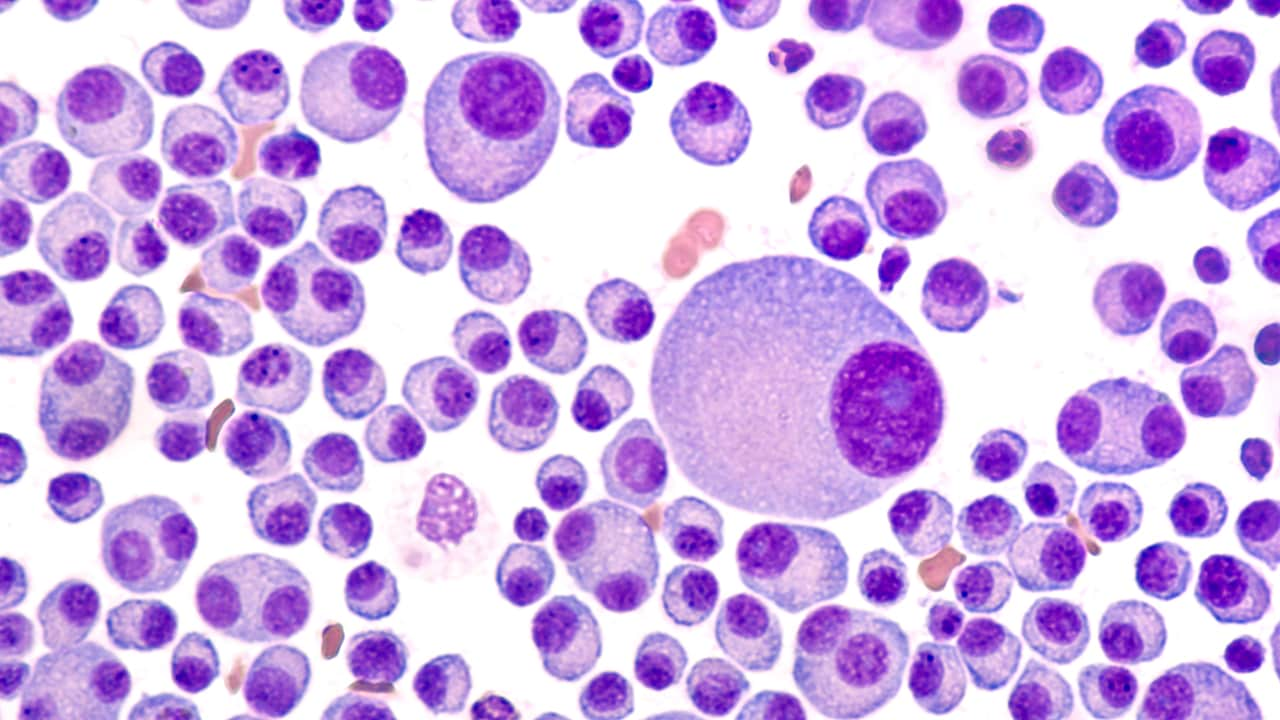August 11, 2011 — In an unexpected finding, a preliminary study has revealed that the combination of lenalidomide (Revlimid) plus temsirolimus (Torisel) interacts with P-glycoprotein (P-gp). Only modest activity was observed, but the patients experienced increased toxicity and pharmacokinetic data suggest a potential drug–drug interaction.
"This is the first report showing that lenalidomide interacts with P-gp, and our clinical data suggest that this may be an important consideration for proper dosing of the drug," said study leader Mitch A. Phelps, PhD, assistant professor at the Ohio State University College of Pharmacy in Columbus.

Dr. Mitch Phelps
"Although this was a relatively small study, we saw a significant pharmacokinetic interaction between the 2 agents," he said in a statement. "That, along with side effects that were greater than expected, brought us to the conclusion that the interaction of the agents with P-gp may be the cause of this increased toxicity."
The study was published online August 8 in the Journal of Clinical Oncology.
Lenalidomide, an immunomodulatory agent with antiangiogenic and antineoplastic properties, is a standard treatment for initial and relapsed multiple myeloma. Temsirolimus, which has been approved for the treatment of renal cell carcinoma, is an ester prodrug of the macrocyclic immunosuppressive agent rapamycin (sirolimus) that targets mTOR. The authors note that temsirolimus has demonstrated in vitro activity against multiple myeloma cell lines that have PTEN mutations.
Previous in vitro studies with lenalidomide and rapamycin have shown synergistic inhibition of proliferation and induction of apoptosis in both drug-resistant multiple myeloma cell lines and primary patient cells. These findings provided the rationale for combining the 2 agents in this study, say the authors.
Dr. Phelps and colleagues evaluated the safety, tolerability, clinical response, and pharmacokinetic data for the combination of lenalidomide and temsirolimus in their phase 1 trial of 21 patients with relapsed multiple myeloma.
All patients had received previous therapies, including dexamethasone (100%), thalidomide (43%), bortezomib (48%), lenalidomide (19%), melphalan (66%), and autologous stem cell transplantation (43%). Four patients in the cohort had been previously treated with lenalidomide, and only 1 experienced disease progression during treatment.
Four dose levels were administered in the study, ranging from 15 to 25 mg of lenalidomide and 15 to 20 mg of temsirolimus.
At the maximum administered dose, 2 of 4 patients experienced dose-limiting toxicities — pneumonia and thrombocytopenia with clinically significant urinary hemorrhage. Overall, 10 patients were treated at the maximum tolerated dose of 25 mg lenalidomide and 15 mg temsirolimus.
Response and Adverse Events
In the study, 2 patients met the criteria for partial response, and both received 25 mg lenalidomide. Fifteen patients had stable disease, and 6 had a marginal response. The remaining patients were not evaluable.
The most frequently observed adverse event was fatigue, and it was primarily grade 2. One third of patients developed grade 3/4 neutropenia, 10% developed high-grade anemia, 76% developed hypophosphatemia, 62% developed hypokalemia, and 76% of patients experienced rash.
Among the patients who reported intolerable toxicities, anorexia (71%), nausea (62%), and taste alterations (57%) were common.
Pharmacokinetic Interaction
The authors also evaluated the pharmacokinetic interaction between lenalidomide and temsirolimus, and observed that the mean pharmacokinetic parameters for the 2 drugs were significantly different. Their analysis also showed that with constant doses of lenalidomide, increased doses of temsirolimus resulted in statistically significant changes in clearance, maximum concentrations, and areas under the concentration–time curves. The same was true for increased doses of lenalidomide.
Detailed mechanistic interrogation of this pharmacokinetic interaction, they note, demonstrated that lenalidomide is a substrate for the multidrug-resistance transporter P-gp, and "its associated efflux from cells is directly inhibited by temsirolimus."
The authors point out that the overexpression of P-gp is believed to contribute to drug resistance in multiple myeloma and could serve as an indicator of poor therapeutic outcomes. Some data indicate that other multidrug-resistance transporters are associated with a resistance phenotype in multiple myeloma. P-gp substrates or inducers might affect outcomes with lenalidomide therapy by elevating or prolonging systemic exposure and increasing associated toxicities.
However, the study authors emphasize that direct evaluation of interactions between P-gp and lenalidomide in primary tumor cells is necessary to understand the relevance of P-gp-mediated lenalidomide transport in tumors.
Dr. Phelps noted that many drugs interact with P-gp, but that is it unusual to discover an interaction several years after a drug received approval from the US Food and Drug Administration. "The delay probably occurred because the drug is predominantly excreted by the kidneys into the urine," said Dr. Phelps. "Although the kidneys may have the primary job of eliminating lenalidomide, our findings indicate that P-gp and other factors may also significantly contribute."
"We now need studies to confirm these findings and determine their significance when lenalidomide is combined with other P-gp substrates in various disease populations," he added.
The study was funded by a Leukemia and Lymphoma Society Specialized Center of Research grant, the D. Warren Brown Foundation, and the National Institutes of Health/National Cancer Institute. Coauthor Sherif S. Farag, MD, from Indiana University in Evansville, reports receiving research funding and honoraria from Celgene.
J Clin Oncol. Published online August 8, 2011. Abstract
Medscape Medical News © 2011 WebMD, LLC
Send comments and news tips to news@medscape.net.
Cite this: Surprise: Lenalidomide May Interact With P-Glycoprotein - Medscape - Aug 11, 2011.









Comments